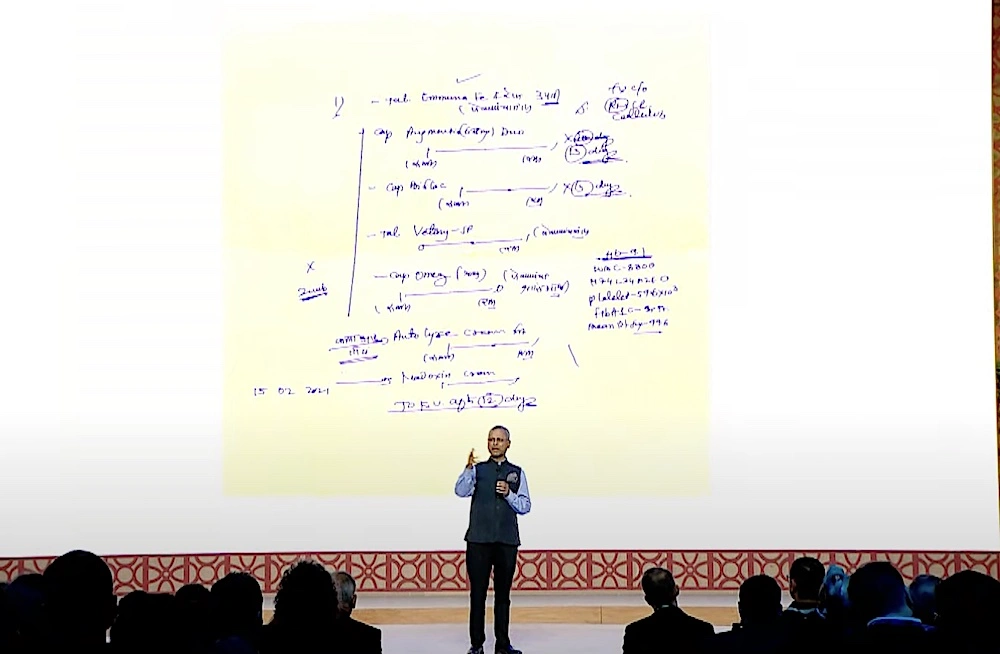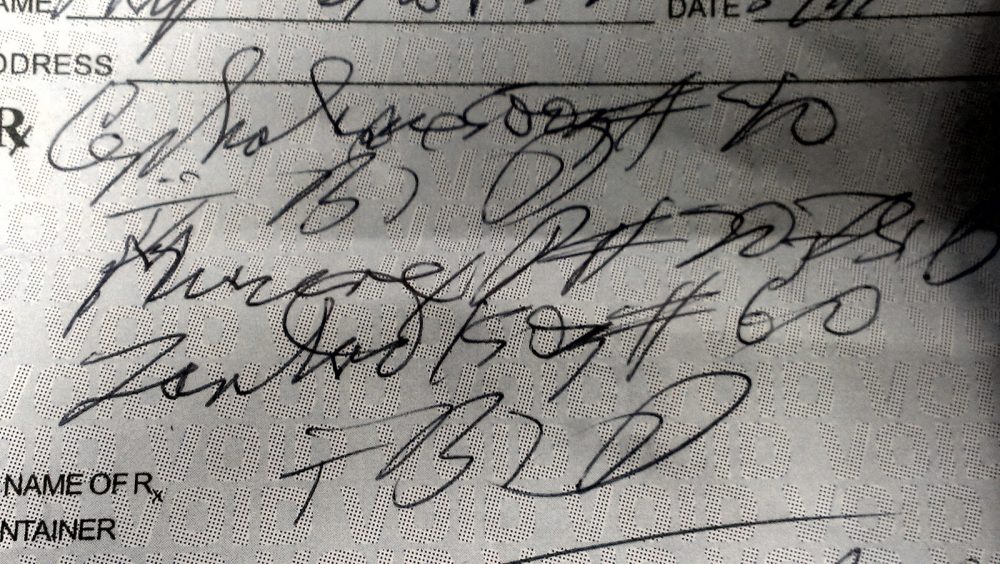Many doctors scribble quickly on medication prescriptions, making it difficult for their patients to understand what they wrote.
For years, numerous tech companies have attempted to address this issue with little to no success.
Google is now attempting to translate those difficult-to-understand texts.
The search engine behemoth has revealed that it is working with pharmacists to research ways to read doctors’ handwriting.
Through Google Lens feature, which is still a research prototype and not yet available to the general public, users can either take a picture of the prescription or upload one from the photo library.
A Google executive demonstrated how the app recognises and highlights the medications mentioned in the note after the image has been processed.

“This will act as an assistive technology for digitizing handwritten medical documents by augmenting the humans in the loop such as pharmacists, however, no decision will be made solely based on the output provided by this technology,” Company Statement Stated.
The company’s annual South Asian market event, Google for India, features dozens of new innovations.
In order to facilitate the online experiences of the upcoming millions of people in the South Asian market, the company also stated that it is working on a single, unified model to support more than 100 Indian languages for both speech and text.
India has over 500 million Google users, making it a critical market for the company.
It has, however, been one of Google’s most difficult years in the South Asian market, where it recently received two fines from India’s antitrust watchdog.


